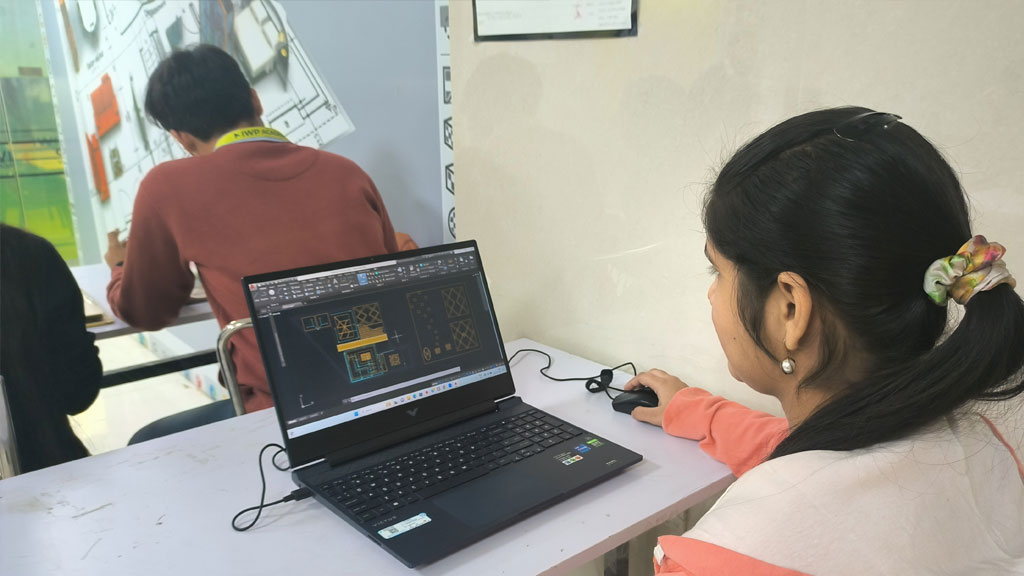Introduction: Stepping into the world of interior design is like unlocking the door to a realm where creativity meets functionality, and spaces transform into expressions of art and personality. In this blog post, we’ll explore the fascinating universe of interior designing courses, shedding light on the diverse skills and knowledge that contribute to shaping environments into visually stunning and harmonious spaces.
- Understanding the Essence of Interior Design:
- Define the multifaceted nature of interior design, emphasizing its role in creating functional, aesthetically pleasing spaces.
- Explore how interior design extends beyond decor, encompassing spatial planning, color psychology, and the art of maximizing utility.
- Elements and Principles of Design:
- Break down the fundamental elements and principles of design that serve as the building blocks for interior designers.
- Discuss how the interplay of elements such as color, texture, balance, and proportion contributes to the overall visual appeal of a space.
- Spatial Planning and Ergonomics:
- Dive into the intricacies of spatial planning, highlighting the importance of arranging furniture and elements to optimize flow and functionality.
- Discuss how interior designers integrate ergonomic principles to create spaces that prioritize comfort and usability.
- Color Psychology and Mood Enhancement:
- Explore the psychology behind color choices and their impact on the mood and atmosphere of a space.
- Discuss how interior designers leverage color palettes to evoke specific emotions and enhance the overall experience within a room.
- Materials and Finishes:
- Shed light on the vast array of materials and finishes available to interior designers, from flooring and wall coverings to furniture fabrics.
- Discuss the importance of selecting materials that align with the design vision and meet the practical needs of the space.
- Furniture Design and Selection:
- Highlight the significance of furniture in interior design, covering aspects of design, functionality, and customization.
- Discuss how interior designers curate and select furniture pieces that complement the overall design scheme.
- Lighting Design:
- Explore the transformative power of lighting in interior design.
- Discuss the principles of effective lighting design, including natural and artificial lighting, to create ambiance and highlight key design elements.
- Technology Integration:
- Discuss the role of technology in modern interior design, including the use of virtual reality (VR), augmented reality (AR), and computer-aided design (CAD) software.
- Explore how technology enhances the design process and client presentations.
- Client Communication and Project Management:
- Emphasize the importance of effective communication with clients, understanding their needs, preferences, and budget constraints.
- Discuss project management skills, including budgeting, timelines, and collaboration with contractors and other professionals.
- Industry Exposure and Trends:
- Highlight the value of gaining industry exposure through internships, workshops, and participation in design events.
- Discuss how staying abreast of current design trends and industry developments is crucial for a successful career in interior design.
Conclusion: Embarking on an interior designing course is not just about arranging furniture and choosing colors; it’s a journey into the art of creating spaces that tell stories and evoke emotions. Whether you aspire to design residential interiors, commercial spaces, or embark on entrepreneurial ventures, an interior designing course provides the foundation for turning your creative vision into reality. So, open the door to the world of interior design, and let your imagination shape the spaces of tomorrow!

